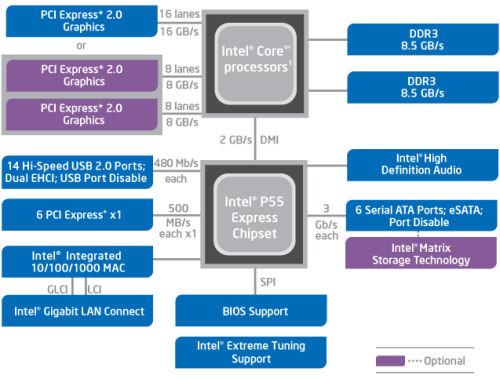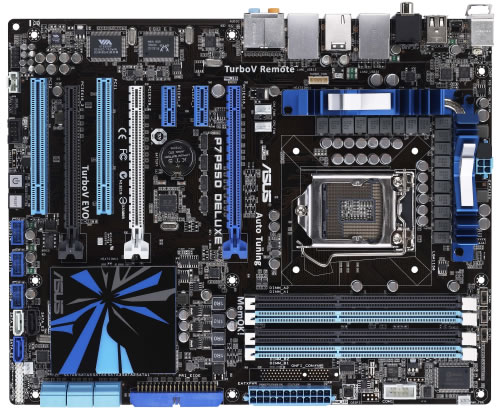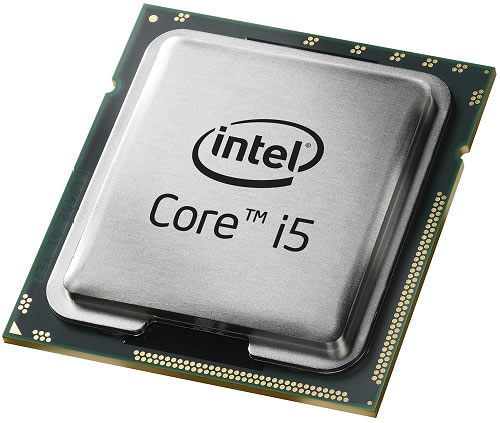What is Different About LGA1156?
There are a few things to notice when comparing LGA1366 motherboards to the new LGA1156 boards. Besides the evidently different socket, LGA1156 motherboards appear to have no chipset, which is highly unusual. There is no large north bridge chip and instead the boards appear to only have a south bridge chip.
As you are probably aware, the original Core i7 processors feature a on-die memory controller, a first for Intel. This meant that the expensive Intel X58 chipset didn't do much compared to previous generation chipsets. With the ICH10 south bridge chip taking care of all the I/O stuff (USB, SATA, Ethernet, etc.) the X58 north bridge chip managed the PCI Express hub and that was almost about it.

Despite of this, the X58 remains to this day Intel's most expensive desktop chipset, costing more than the P45 and X48, which are considerably more complex. So as you can see, it has been Intel's intention to have users pay a premium for this platform.
Now, in order to cut the cost of Core i5 processors and the LGA1156 platform, Intel has removed one of the memory controllers and replaced the high bandwidth QPI link with the slower DMI chip-to-chip interconnect. The QPI link, which is used to connect the X58 north bridge to the processor, features an impressive bandwidth of 25.6GB/s, whereas the DMI interconnect features just 2-4GB/s of bandwidth.

This would be a problem for PCI Express graphics cards, which require loads of bandwidth, so Intel has come up with a solution. Rather than seriously limiting graphics performance, they have integrated 16 PCI Express 2.0 lanes directly onto the die of the new Lynnfield, a.k.a. Core i5 processors.
That's why the LGA1156 platform only features two chips, the CPU itself and what Intel is calling a PCH (Platform Controller Hub), which you will know as the P55 chipset.
For PC gamers paying close attention, there are just 16 PCI Express 2.0 lanes integrated onto the CPU die, meaning that Crossfire or SLI must use a dual x8 configuration. For other devices, such as Ethernet, that also require the PCI Express bus, they will be connected to the PCH (the new P55 chipset). In theory single graphics card performance on the LGA1156 platform will not suffer, whereas dual and triple card configurations will.
